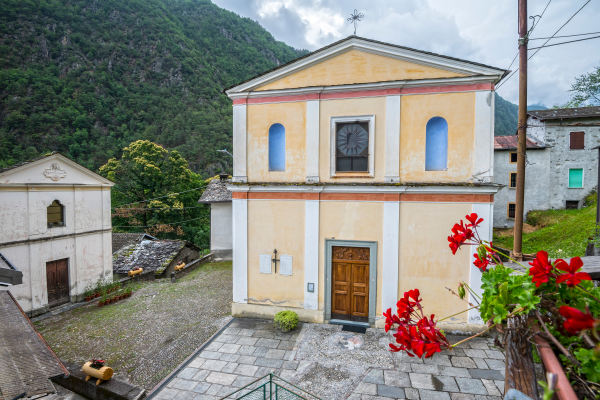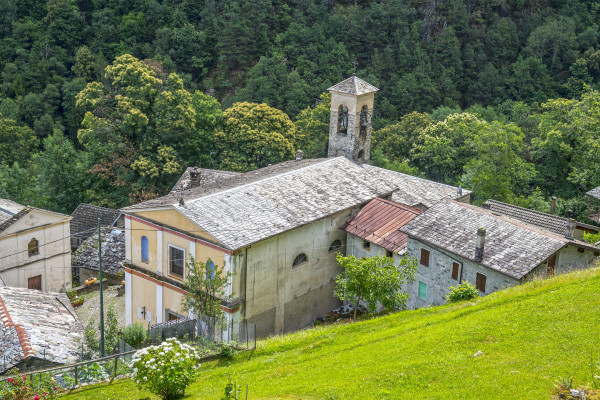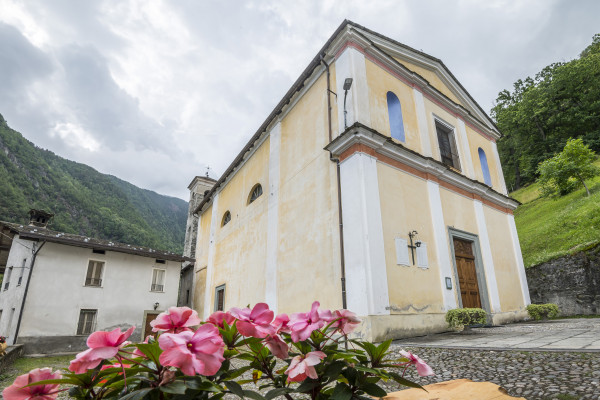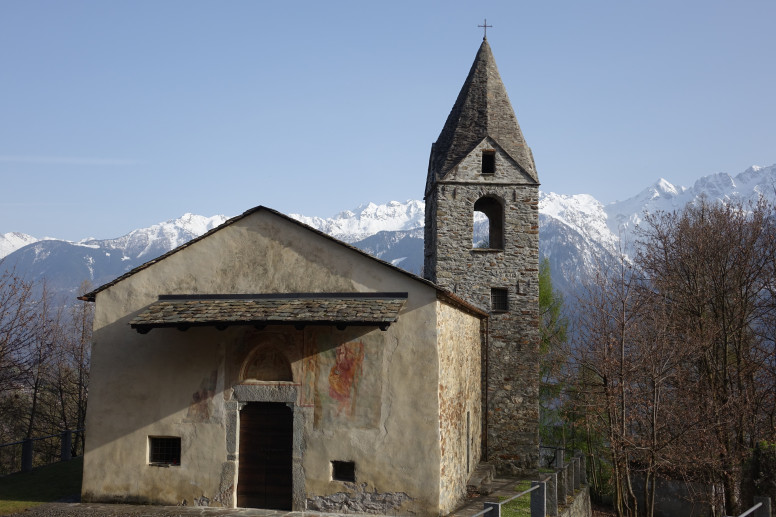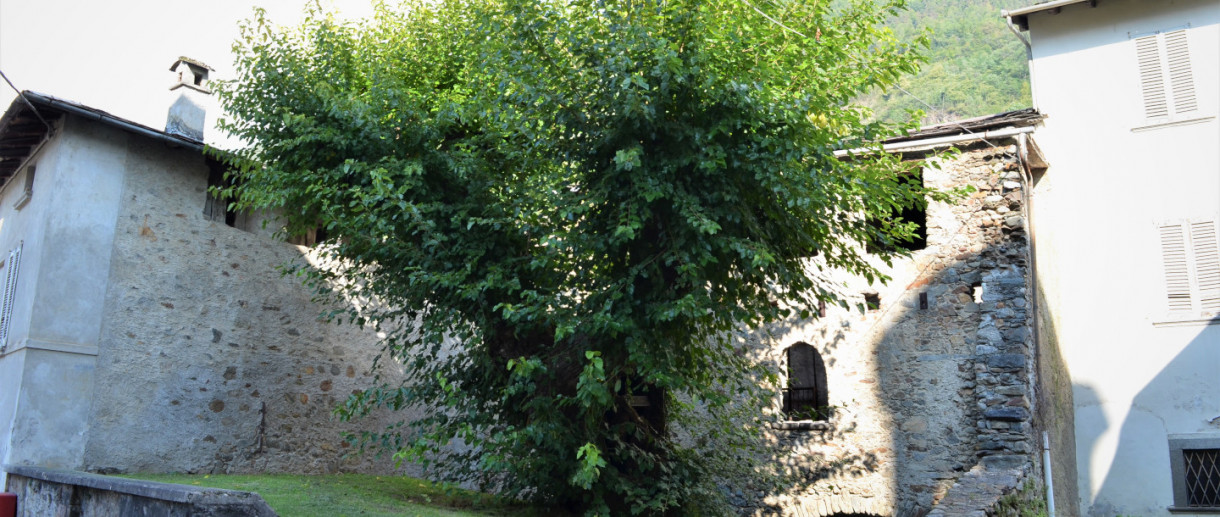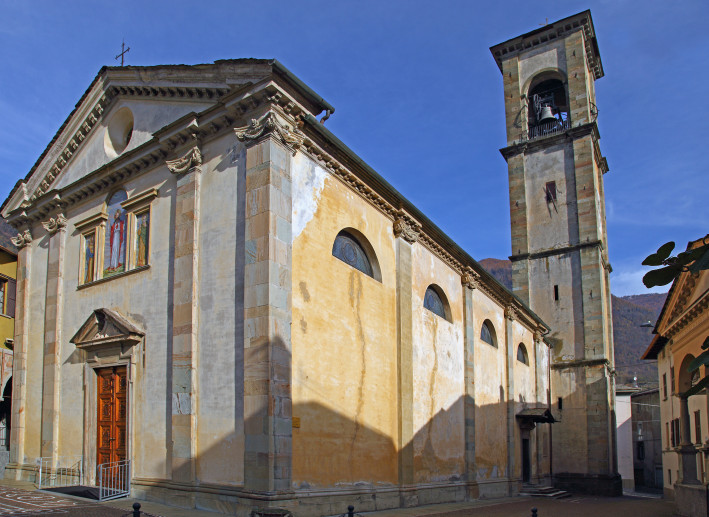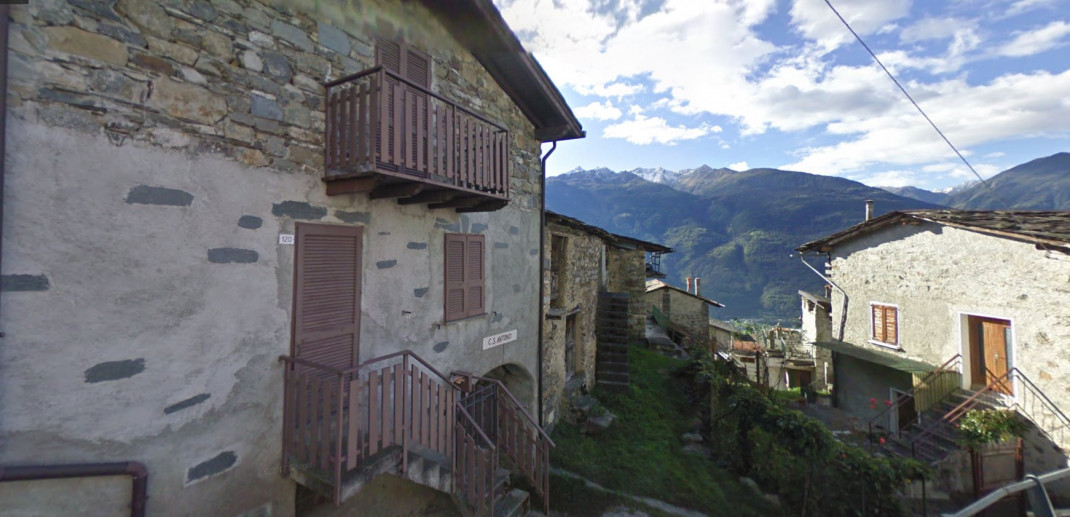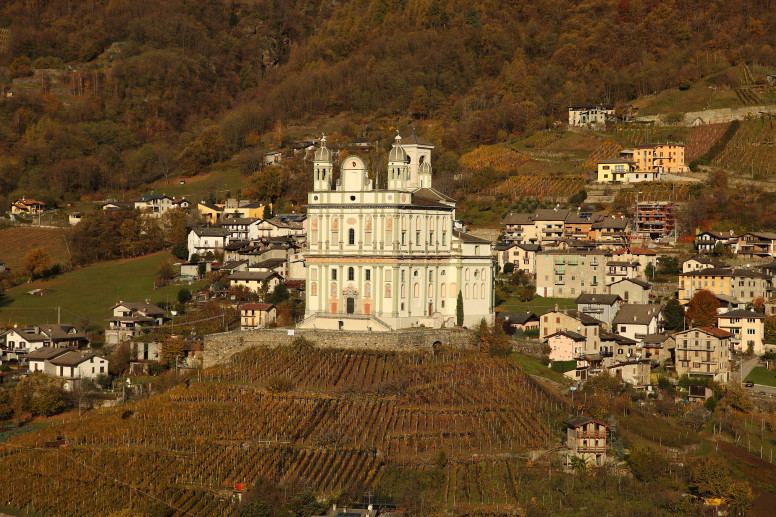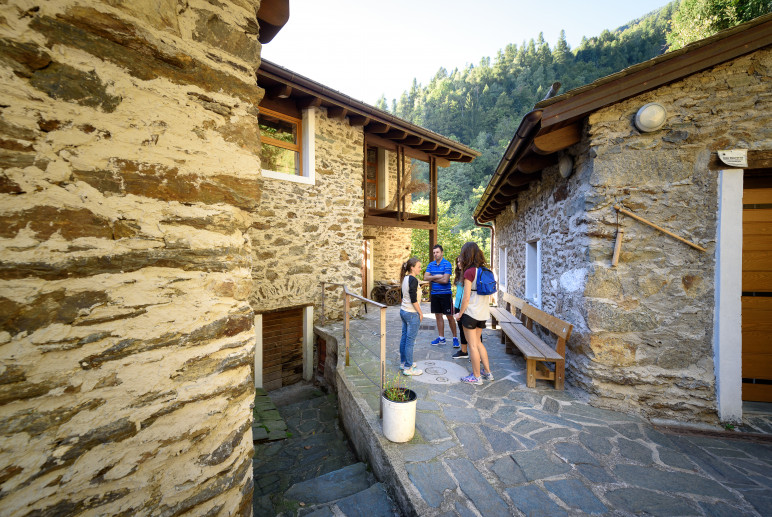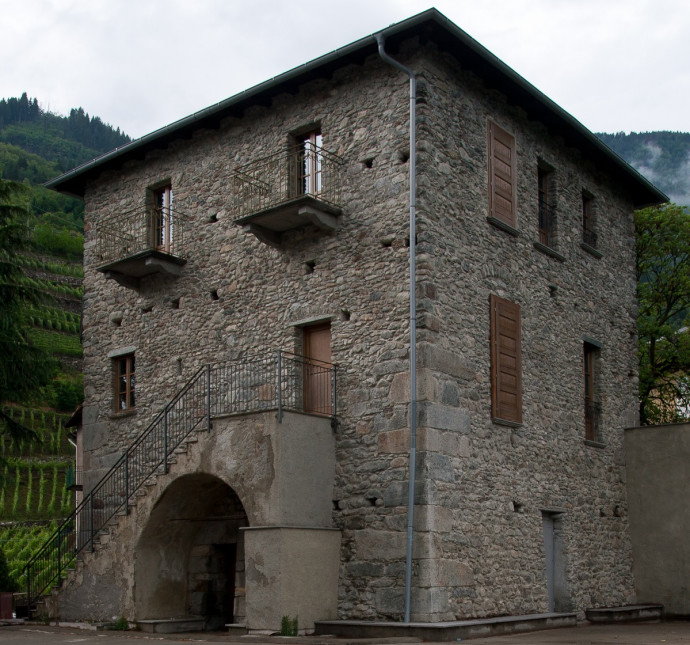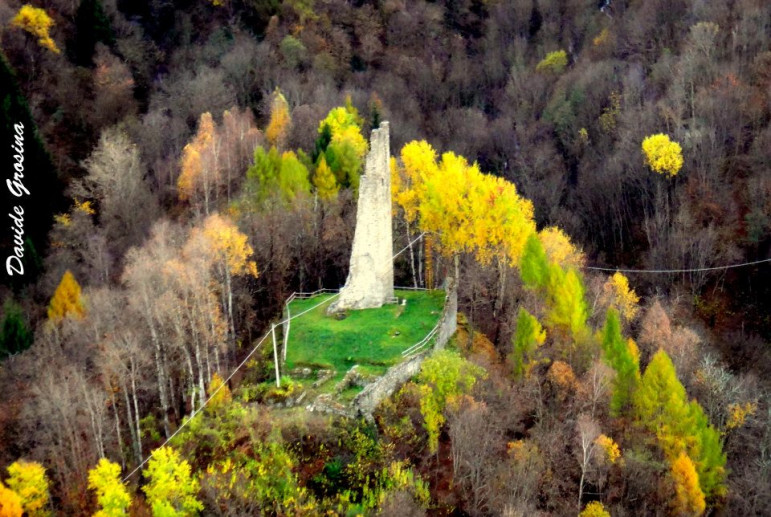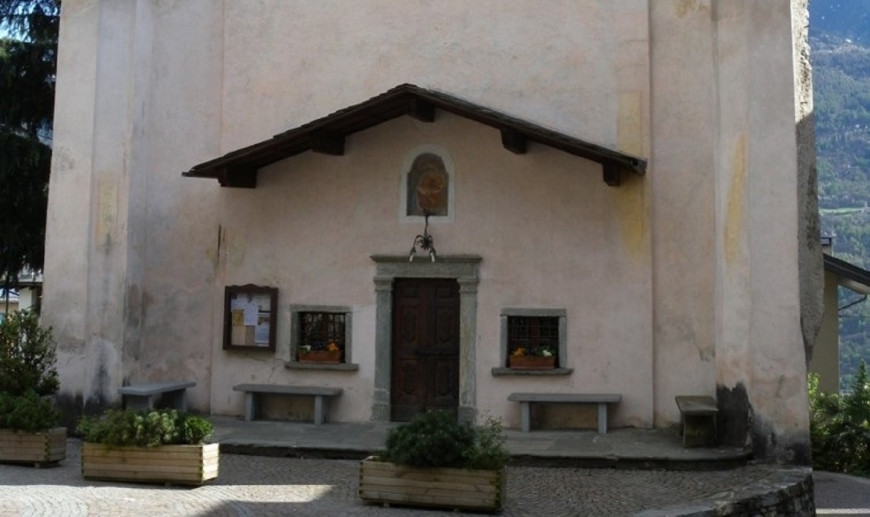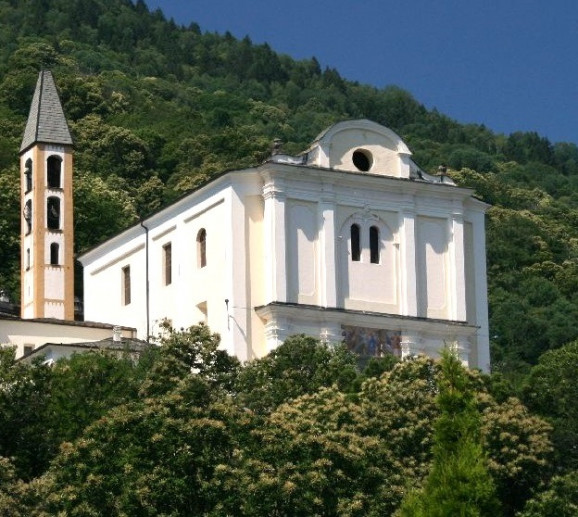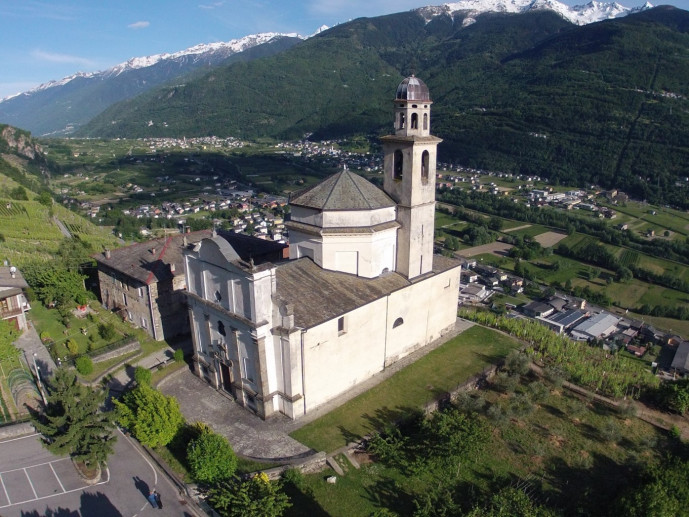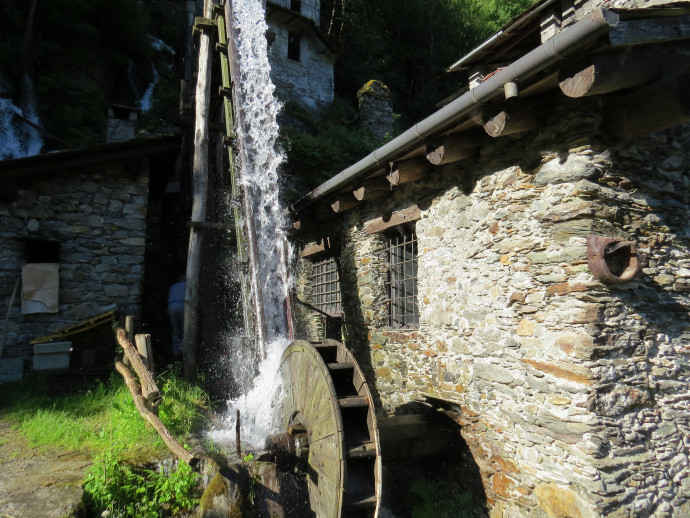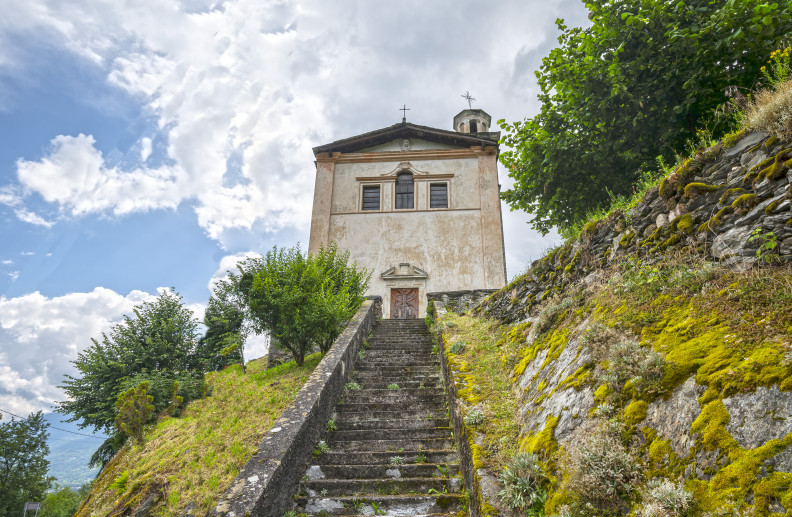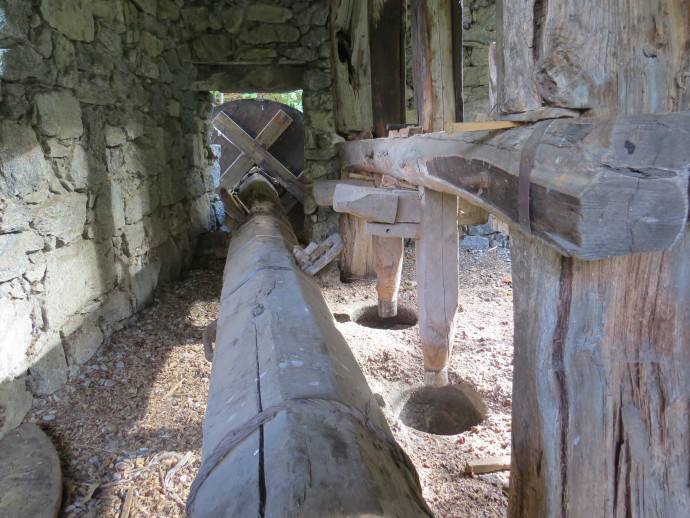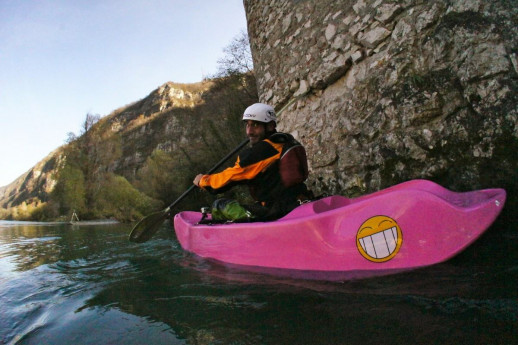- Religious Tourism
- Art & Culture
Church of St. Charles
Following a vow of the population afflicted by a disease that was decimating it, the church was erected in 1623 in Fontaniva.
On a first visit it appears parva, testudinata, ex caemento pavimentata, perhumida; unica capella septa cancellis ferreis, parva sacristia, semiconfessionarium; supra tectum campanile (small, vaulted, paved with concrete, very humid; has a single chapel closed by iron gates, a small sacristy and a semiconfessional; on the roof [sic] the bell tower [lm actually the bell tower rises from the base of the church]). Visited by Mugiasca during the 1700s, the church showed "three altars, the Major the first dedicated to St. Charles, the second to the glorious Patriarch St. Ignatius, and the third to St. Cross."
It was equipped with a fair amount of furnishings, vestments, linen. It was later enlarged in 1867; it became, by decree Nov. 17, 1886, of Bishop Pietro Carsana, the parish church of Arigna, replacing the older church of St. Matthew. It was consecrated in 1893, the year in which it was also decorated by a hand to date unknown. Entering through the portal that opens into the sober façade marked by pilasters, we are greeted by the single hall. On the high altar rises a carved, painted and gilded wooden altarpiece. Two paintings of interest are kept in the building; the first attributed to Cesare Ligari depicting an angel holding a cross with saints; the second attributed to Giovanni Battista Macolino depicting Our Lady of the Rosary with St. Dominic and St. Catherine. Valuable furnishings and vestments still make up the church's furnishings today.
Also facing the square in front of the church is a small oratory on which we read D.O.M. ac S. JOANNI BAPTISTAE A D 1699.
Source: Parish of Ponte in Valtellina.
